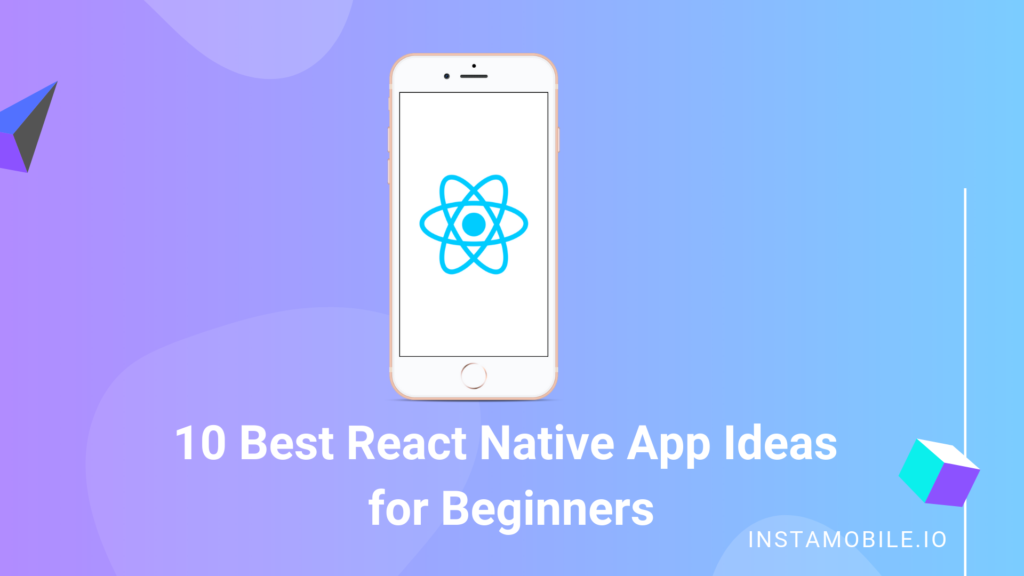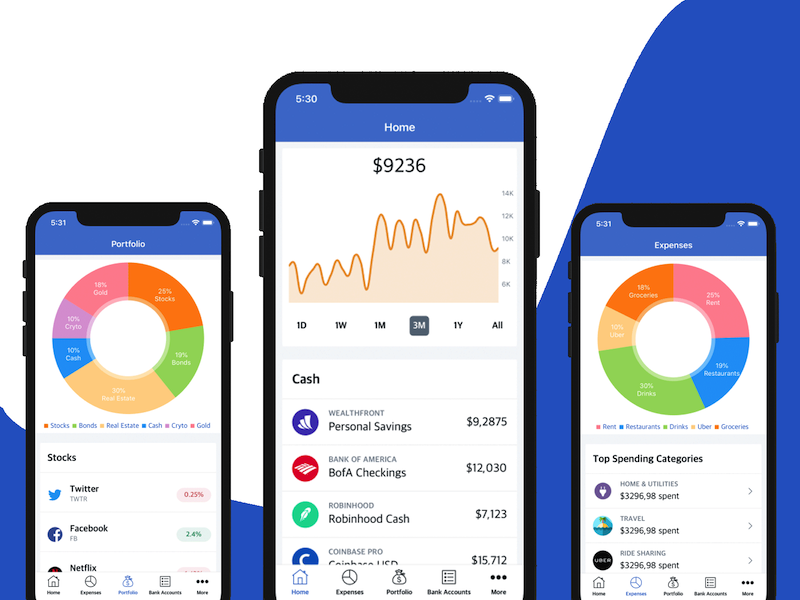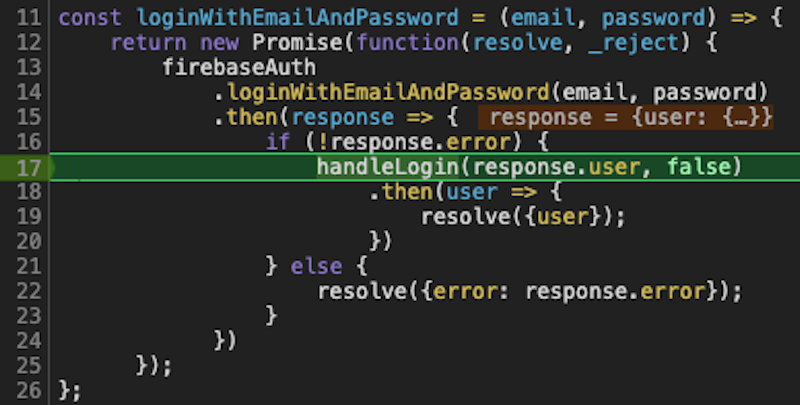Learn React Native: A Complete Guide

If you already have some programming experience and you’re interested in learning React Native, there are a few methods that are faster than the traditional route of learning. Most tutorials, books and courses are targeted towards non-programmers, wasting your time with the basics. But if you have programming experience, here’s how to learn React Native practically in a fraction of the time.








